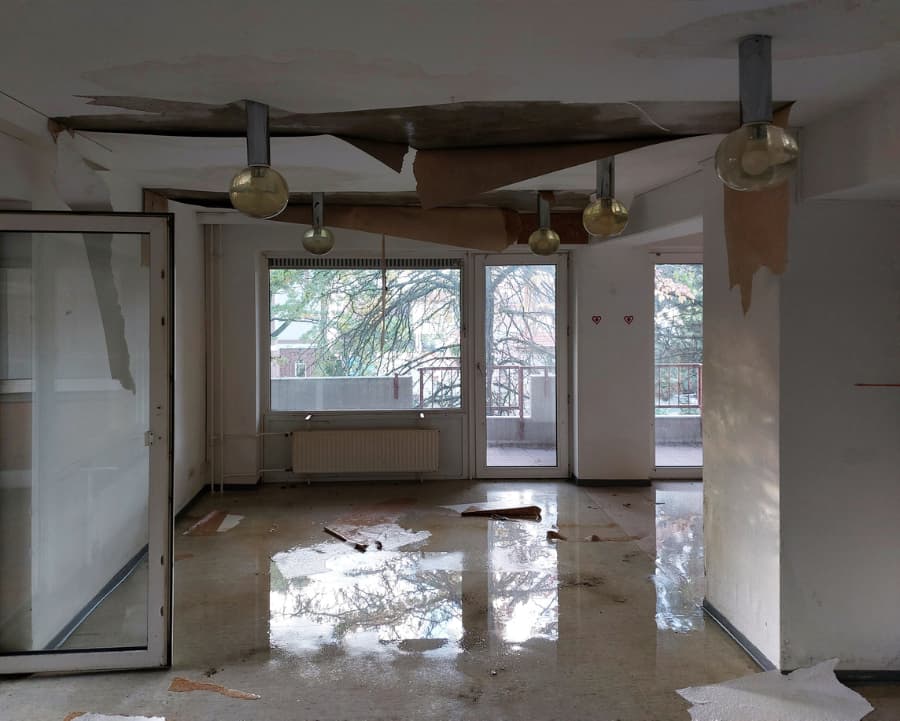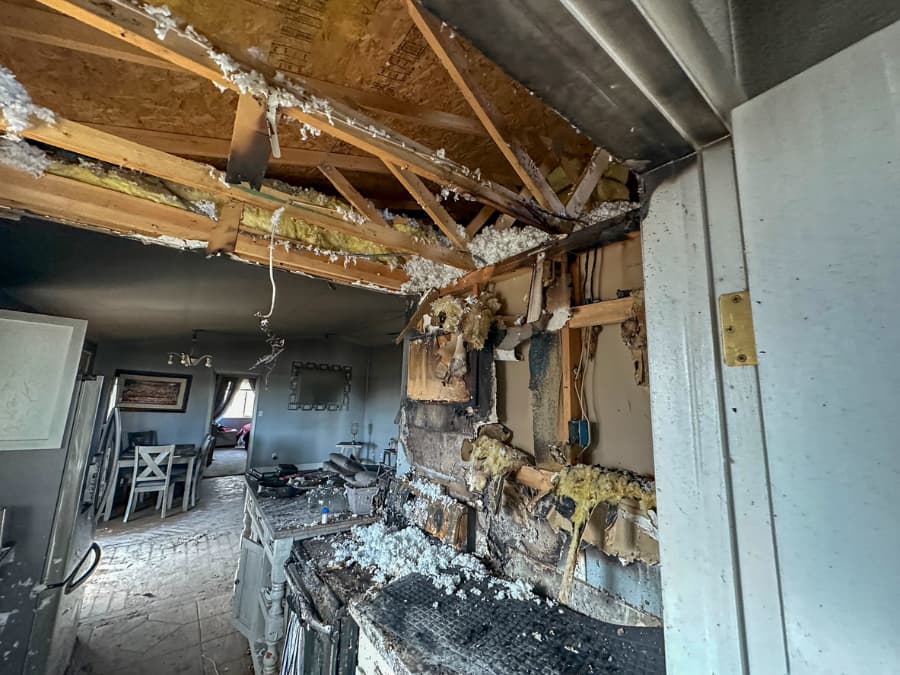
When disaster strikes, is your business ready to handle the tough road ahead? Preparing for emergencies is a crucial part of managing a business. Fires, flooding, storms, and other unexpected events can cause varying amounts of damage and lead to an indefinite halt in everyday operations. Here, Paul Davis Restoration of North Dallas details the reasons your business needs a disaster plan in place and how to get started.
Ensure Business Continuity
As a business leader, it’s your job to ensure your company runs like clockwork. While a natural hazard may put a wrench in the works, it doesn’t have to put an indefinite end to the important work you do each day. An emergency disaster plan helps ensure you can get back up and running quickly. It can account for things such as:
- Losses of equipment
- Unavailable workspaces
- Power outages
Keeping track of possible setbacks in the event of specific events can help you find ways to efficiently overcome various challenges. It also allows you to preemptively find solutions that can help keep your employees on the job, even if that means working in another location.
A disaster plan also may help ensure you connect with your valued clients. If production needs to completely stop for a while, it can outline the next steps for communicating issues to your customers and managing expectations going forward.
Streamline Recovery Efforts
If you have a sound disaster plan in place, your business will be in a better position to recover in the long run. Hiccups may occur along the way, but your plan can outline priorities and help ensure you’re prepared for the cleanup and repair efforts ahead.
With a well-crafted disaster plan, you also can help ensure minor repairs don’t turn into major expenses in the long run. If your plan involves a call to a professional recovery team, insurance claims can be completed quickly and the restoration process can begin ASAP.
Keep Everyone on the Same Page
Do your employees know what to do in the event of an emergency? Your disaster plan can account for evacuation procedures. A storm or another event can be a worrisome time for everyone in the building. Having a workplace evacuation plan can help keep everyone calm in the moment and help ensure their safety. The evacuation portion of your disaster plan can detail several steps, including:
- Exit route(s)
- Which operations to shut down
- Emergency leadership roles
- Rescue duties
Make sure your employees know where to find the evacuation procedures. Hosting a drill can ensure everyone is on the same page and they can carry out their duties with confidence during an emergency.
How to Create an Emergency Preparedness Plan for the Workplace
A disaster plan is a personalized approach to emergencies and often looks different from business to business. Depending on your location and the type of work your company does, an emergency plan may encompass several tasks, such as:
- Assessing possible risks in your area
- Identifying critical needs (first aid kits, flashlights, etc.)
- Developing a step-by-step plan
- Practicing putting your plan into action
Consult With Us to Create Your Disaster Plan
Partnering with a professional like Paul Davis Restoration of North Dallas can help ensure your disaster plan is complete down to the last detail. Based in Carrollton, serving North Dallas and surrounding areas, our team gets to know you and your business. We take care to ensure your priorities are met and swift action can be taken in an emergency. Reach out today for more information about our disaster planning services.






